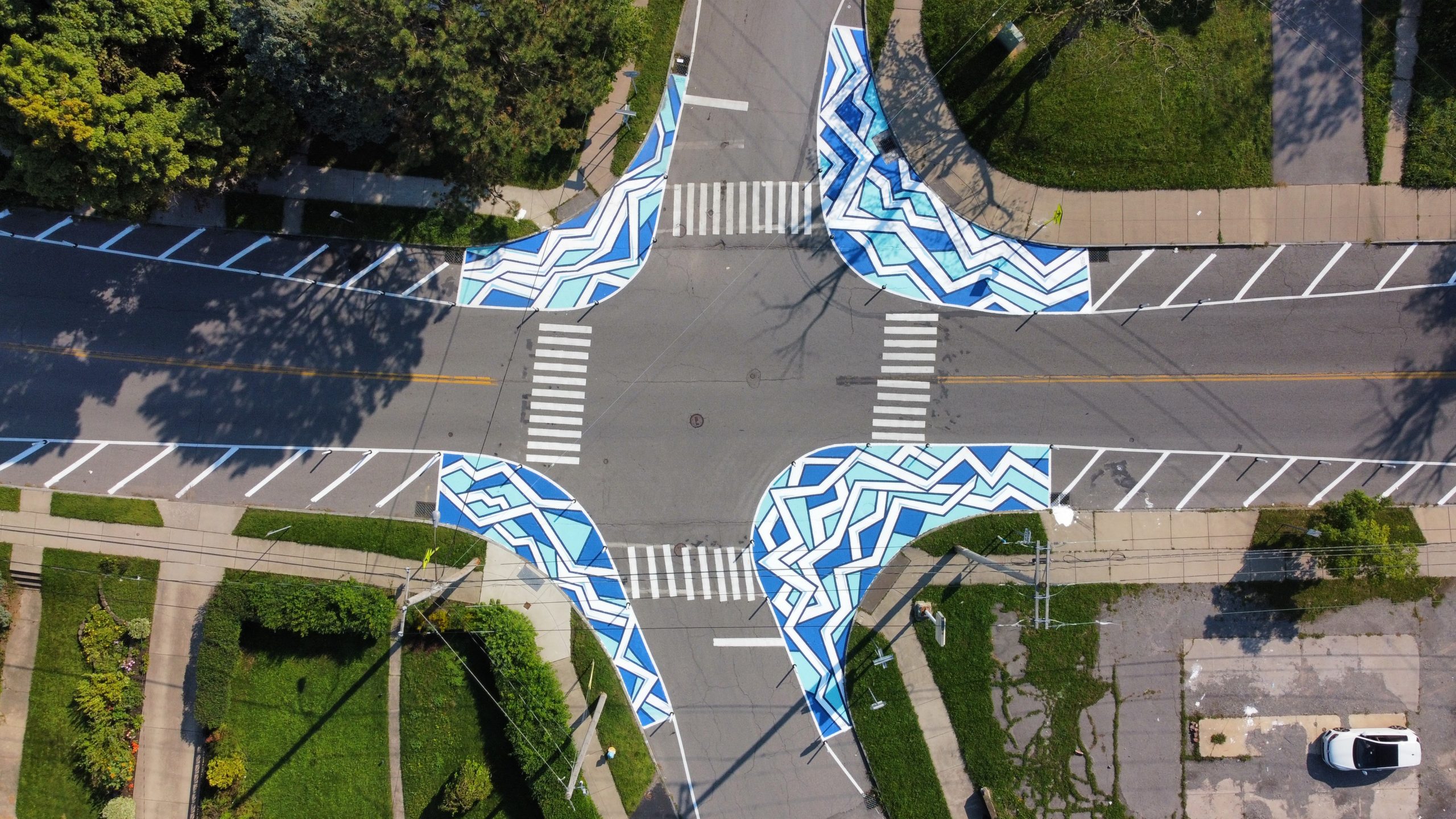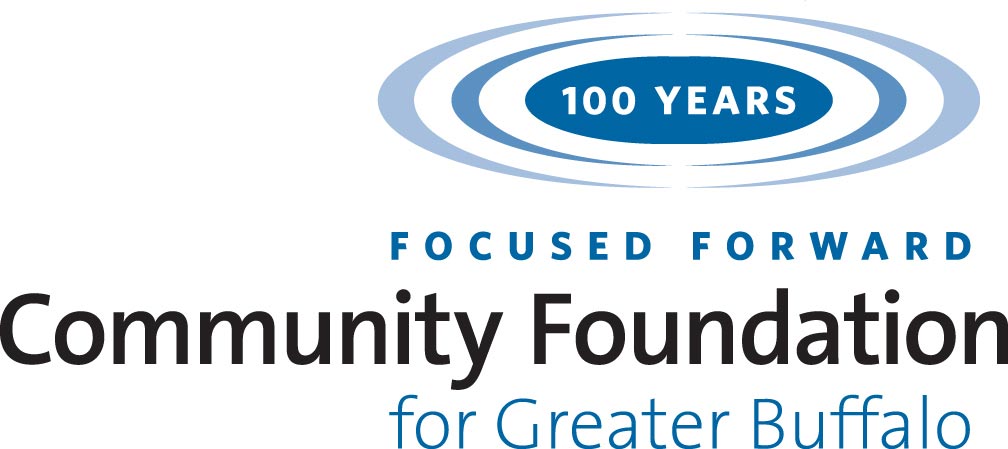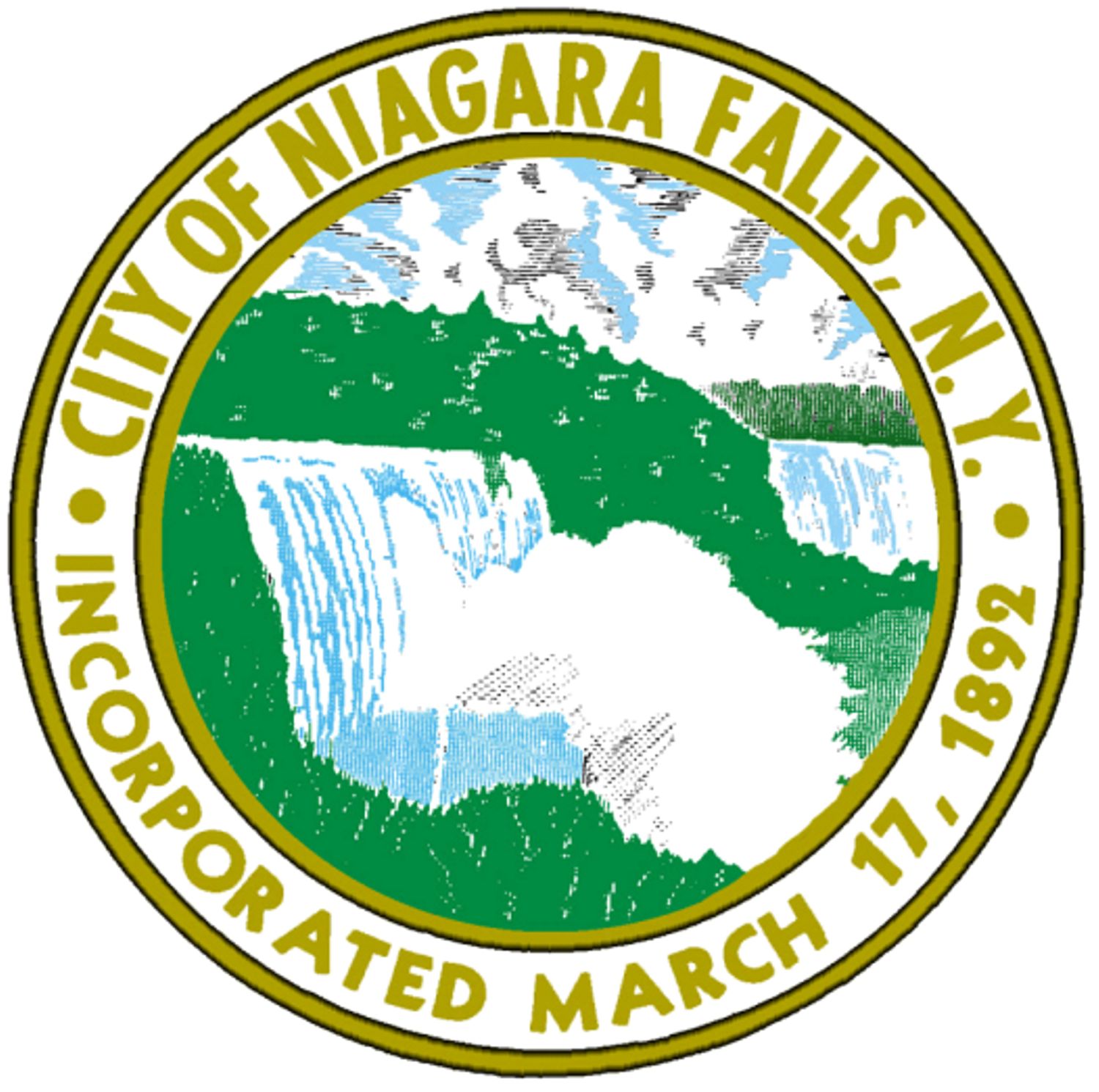Background
Hi! We’re GObike. We develop safer ways for people to walk, bike, drive or use public transportation. We’re excited to work on this project in collaboration with the City of Niagara Falls with the support of the Verizon Media Community Benefit Fund for Niagara County, the Health Research Institute (NYSDOH), and the Downtown Revitalization Initiative.
In 2021, the City of Niagara Falls approached us to develop a solution to increase safety and access for pedestrians and cyclists to Main Street and the Niagara Gorge. Currently, along Main Street, the lack of traffic control divides and pedestrian accommodations contribute to an unsafe environment for cyclists and pedestrians. An underlying issue in this area is that between 2017 and 2021 (NYSDOT), seven pedestrians and cyclists were struck by vehicles, each resulting in injury.
Within a half mile of this intersection, there are roughly 2,310 residents (American Community Survey 5-year Estimates, 2015-2019). Based on counts conducted by GObike, 48 pedestrians and bicyclists utilize this corridor every day. Nearly 20% of the households in this area do not own a car. Two different NFTA bus routes also serve this population.
City of Niagara Falls leadership identified potential sites along this corridor, and we have determined that the corner of Main Street, Chasm Avenue and Monteagle Street will be the perfect location for this pilot project. As of August 15, 2022, implementation and artwork are complete.
How does it work?
The artwork and stand-up delineators within the curb bumpouts are designed to create the feeling of a narrowed road. As drivers approach, they should feel uncomfortable maintaining a high speed. This is specifically how design can calm traffic, rather than relying on police or camera ticketing systems for enforcement.
Additionally, these bumpouts force drivers to make wider, slower turns, rather than quick-cutting left turns, or fast right turns. In doing so, pedestrians crossing the street are put into the front windshield view of approaching cars, and decrease the time a pedestrian spends in turning cars’ blind spots.
What is the outcome?
If a car hits a pedestrian at 30mph, 50% of those people out walking will die. If a car hits a pedestrian at 40mph, 90% of those people out walking will die. So the main point of this project was to slow through traffic, slow turning traffic, increase visibility of pedestrians, and shorten the distance a person would have to walk across the road in conflict with cars. With those goals in mind, this project has been a success.
The feedback from drivers has been negative because on a very wide road, slowing down feels unnatural. But this project wasn’t implemented to maintain high speeds. It was implemented to increase safety, develop stronger connections to the Niagara Gorge for people on foot or on bike, and add more public art to the city of Niagara Falls. We’re proud to have contributed to all three of these goals.
How have other projects like this improved safety where they were installed?




